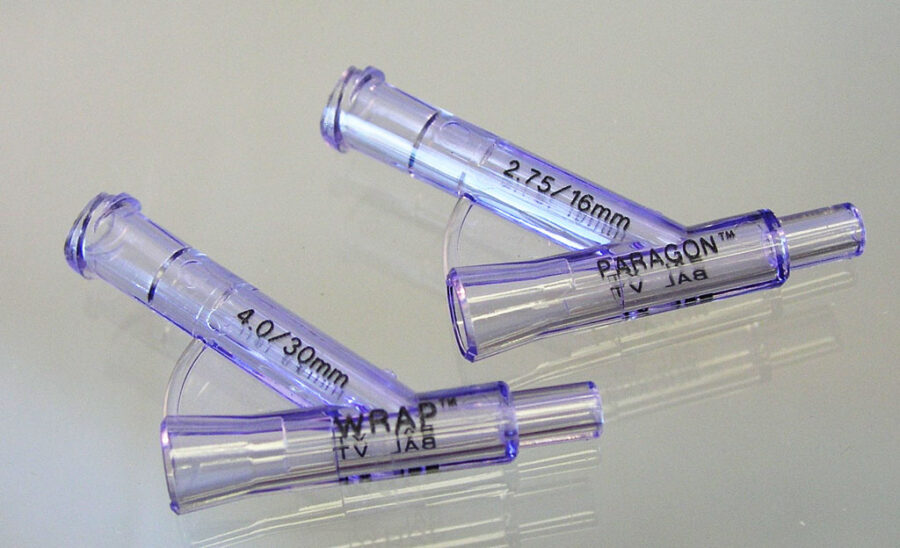
A number of variables can affect the final outcome when laser etching medical devices. The wavelength of light used and the power density of the laser both have an impact on the final result of the laser etched or laser marked medical device. Because medical device laser marking and laser etching requires high precision and tight tolerances, it’s important to find a laser engraving company with expertise and experience working with medical device manufacturers.
Advantages of Laser Etching Medical Devices
Laser etching is quickly becoming the industry standard for marking medical devices. The laser etching process is quite versatile. Below are common reasons why professionals in the medical industry choose laser etching over other methods to mark medical devices:
- Enhanced legibility
- Longevity
- Durability
- Precision
- Temperature-resistance (particularly during sterilization)
- Bio-compatibility of the base material
- Environmentally friendly
Professionals regularly require laser etching services for their medical devices to accomplish a number of different goals. Below are some common applications of laser etching:
- Traceability of products
- Identification of products
- Protection of products from imitation
- To give functional information about components
Materials Suitable to Be Laser Etched
Laser etching is a process that is suitable for nearly any type of material that needs to be marked with precision. Laser Impressions utilizes a proprietary, no-contact system that is appropriate for nearly any type of material from plastic to steel. Using YAG (yttrium aluminum garnet) lasers, 532nm Green Laser marking equipment and C02 Lasers, Laser Impressions is able to work with all shapes, sizes and materials for medical applications. Components or materials that are too difficult to mark using ink or other methods can often, easily be etched using our state-of the art, high-speed laser equipment.
Below are example materials that we work with regularly to produce durable, precise results:
- Polymers, Plastics and PEEK
- Stainless steel, 303, 304, 316
- Aluminum, Anodized, Alodine coated, powder coated
- Titanium, Titanium Nitride Coated, Anodized
- Other metal alloys
The Laser Etching Process
There are different laser marking processes that we use at Laser Impressions to achieve the most functional results for medical components and devices.
Laser Engraving and Laser Etching: A high-powered laser is used to melt and evaporate the material, leaving behind engraved words or images. Occasionally, oxides form during the process, adding even more clarity to the engraved markings.
Laser Annealing: By locally heating the material in question, a thin layer of oxide forms. By applying different levels of laser power, different colors can be created to make words and images more eye-catching or easier to read.
Laser Bleaching or Coloring: This process is most commonly used on plastic materials. Laser bleaching and coloring happens when the chemical structure of the molecules that make up the material are changed through the application of laser energy.
Foaming: This process can only be used on certain types of plastics. Through a careful calibration of laser energy, it is possible to melt the plastics locally to create gas bubbles inside the material. The final product is a raised surface of air pockets in the shape of words or images inside the material.
Material Removal: Materials that have been coated with a substance can often be marked after the top layer is removed. For example, the anodizing on aluminum can be removed using laser technologies to create clear, clean markings.
To speak with a laser etching expert at Laser Impressions about your next laser etching project, call (800) 344-LASER or send us an email.